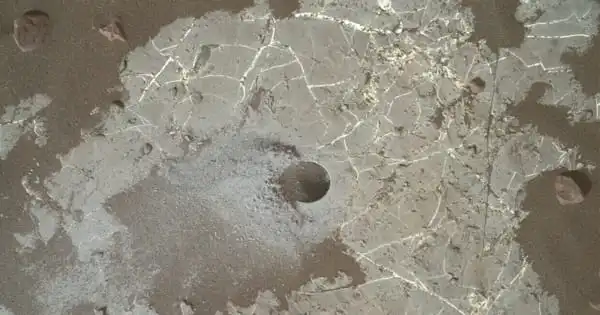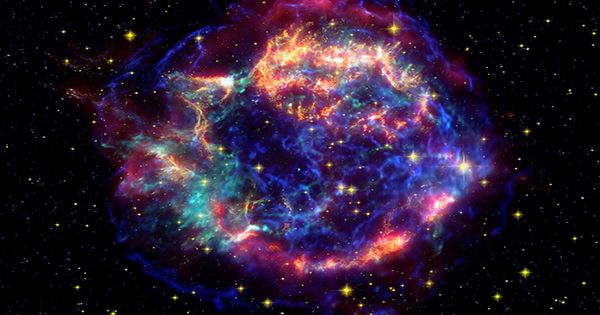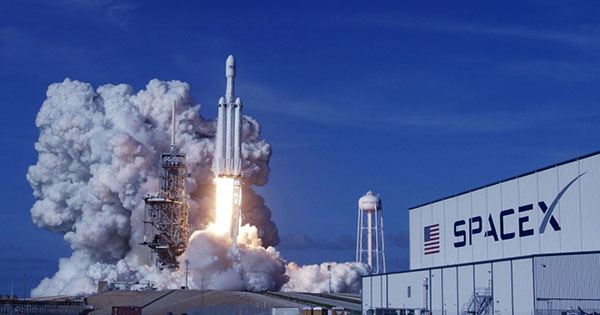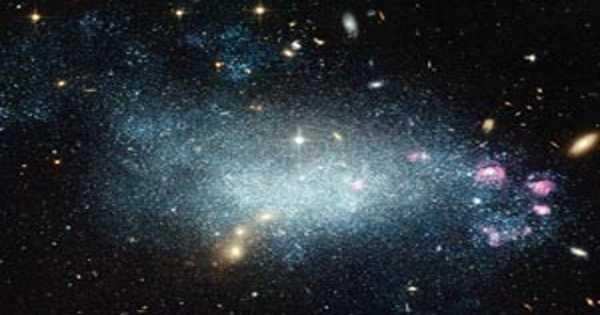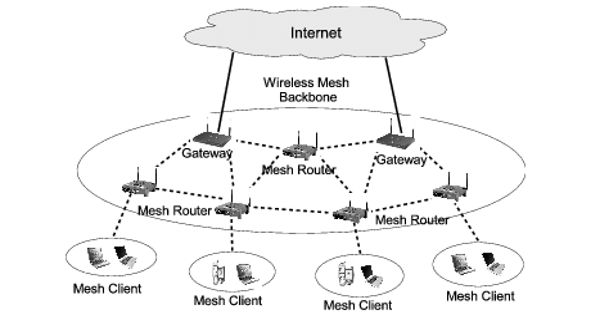Heart tissue is a specialized type of muscle tissue that makes up the wall of the heart. The heart is a vital organ that pumps blood throughout the body, and its tissue is designed to withstand constant contraction and relaxation.
Johns Hopkins Medicine researchers are collaborating with NASA to send human heart “tissue-on-a-chip” specimens into space as early as March. The goal of the experiment is to track changes in the heart muscle’s mitochondrial energy supply and capacity to contract in low-gravity environments.
The tissue samples will be carried into space on SpaceX CRS-27, a resupply mission to the International Space Station, which is scheduled to launch at NASA’s Kennedy Space Center in Florida no sooner than Tuesday, March 14, 2023.
The astronauts on board the mission to the samples will also add three FDA-approved medications in an effort to stop the cardiac cell alterations that are known to or hypothesized to occur in people who fly in space for an extended period of time.
“It’s possible that what we learn from these experiments in space could also inform how we treat age-related cardiac problems,” says Deok-Ho Kim, Ph.D., professor of biomedical engineering at the Johns Hopkins University School of Medicine, because many heart cellular changes already detected in space explorers mimic changes linked to heart muscle aging in general.
Heart tissue is unique in that it has a high demand for oxygen and nutrients, and a decreased blood flow to the heart can lead to serious conditions such as heart attacks. Therefore, maintaining heart health is crucial for overall health and wellbeing.
It’s possible that what we learn from these experiments in space could also inform how we treat age-related cardiac problems.
Professor Deok-Ho Kim
The micro-engineered human cardiac tissue-on-a-chip is created by scientists starting with human induced pluripotent stem cells that are generated in a lab. These cells have the capacity to differentiate into almost any form of cell, and they can be biologically induced to become beating human cardiomyocytes, which are the muscle cells that cause the heart to contract.
Cardiomyocyte clusters provide tissue that can be tied between two stiff and flexible supports. The flexible post, which has a magnet incorporated inside of it, can be used to collect data on tissue contraction when it is placed over sensors.
To prevent liquid media feeding the tissue from floating away into space, the chamber containing the tissue is sealed. The magnetic sensors that are positioned beneath the tissue are then loaded into so-called plate habitats. Two of these plate homes, each measuring about 7 inches long, 5 inches tall, and 4 inches wide, make up the experimental payload.
Kim, his previous postdoctoral researcher Jonathan Tsui, and his doctoral student Devin Mair previously sent heart tissue into space in March 2020. These studies, which were presented at the 2022 Annual Conference of the Tissue Engineering and Regenerative Medicine International Society in the Americas, demonstrated how microgravity in space altered the mitochondria of cells and the tissues’ capacity to contract.
The researchers will concentrate on the proteins triggered during tissue inflammation and mitochondrial dysfunction in their upcoming tests using their micro-engineered human heart tissues-on-a-chip.
The astronauts on board the space station to see if they can prevent the issues that are expected in heart cells that are traveling through space will test three medications.


